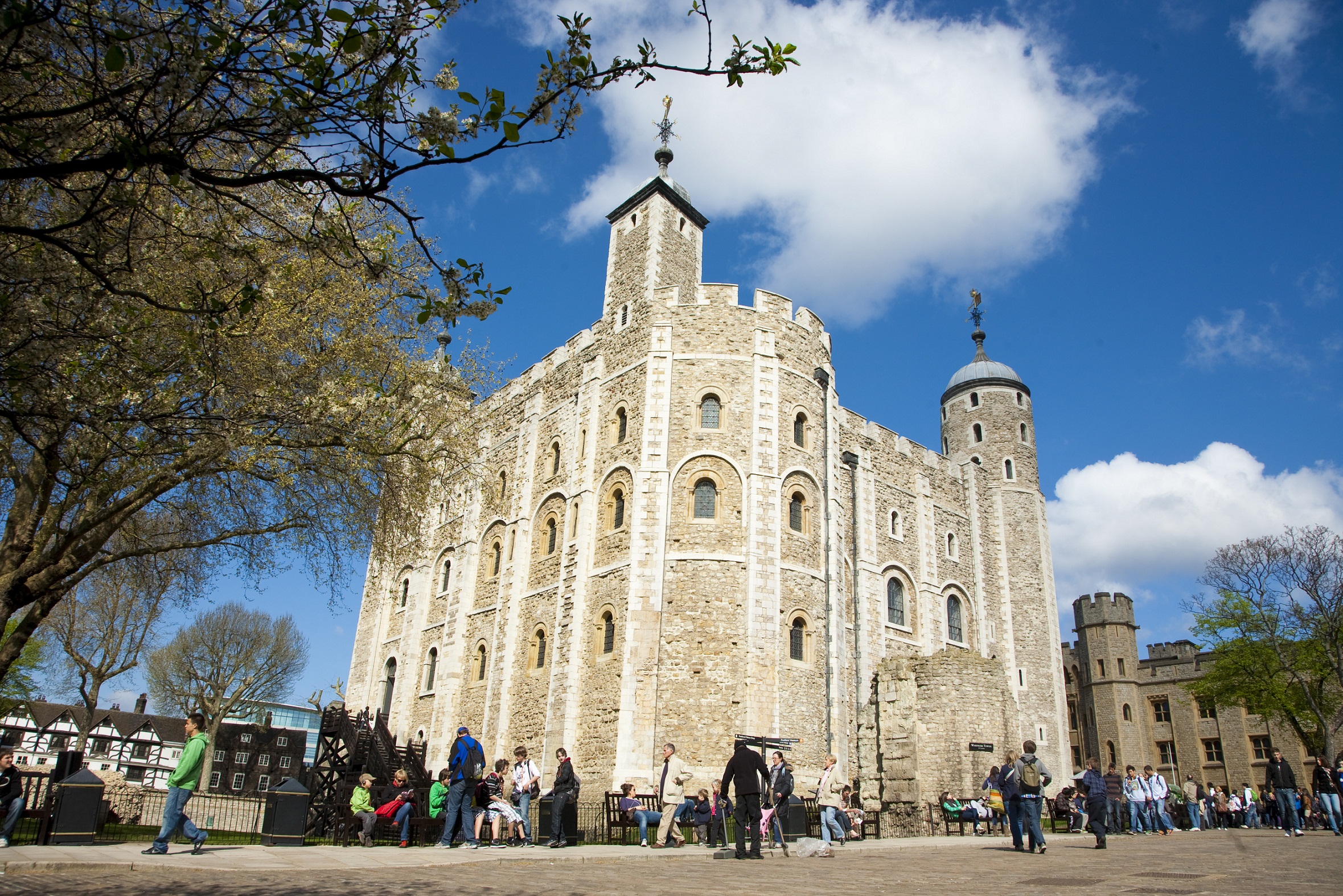The Tudors and the Tower
Chapter 2 : Reign of Terror
In 1533, having secured a divorce from his first wife (thanks at least in part to the efforts of his chief minister, Thomas Cromwell), Henry was busy preparing the Tower for the coronation of his new queen, Anne Boleyn. This included the refurbishment of the royal apartments and the addition of onion domes to the top of the White Tower, creating the iconic silhouette that is still recognised the world over.
The sweeping religious and political changes sparked by Henry’s divorce from Catherine and marriage to Anne, filled the Tower with men and women opposed to the new regime. One of the most high profile was the former Lord Chancellor, Thomas More. Having refused to take the oath recognising Henry as Supreme Head of the Church, More was confined to the cold, damp cell at the bottom of the Bell Tower. As More continued to resist pressure to conform, his privileges were gradually withdrawn. Having grown weary of life, he confessed to a fellow prisoner:
‘I have since I came to the Tower looked once or twice to have given up my ghost before this.’
His suffering came to an end in July 1535 when he was executed on Tower Hill.
Henry VIII sent more men and women to their deaths than any other monarch, and during the last ten years of his reign the Tower was crowded with the terrified subjects who had been imprisoned at his orders.The king did not flinch from putting even those closest to him to the axe – or, in the case of his once adored second wife, Anne Boleyn, to the sword.
Anne had proved a disappointment as a wife. High handed and ‘unqueenly’, she had also failed in the one thing that mattered: providing Henry with a son and heir. She had had only another ‘useless daughter’, Elizabeth. Her final miscarriage in 1536 proved the last straw for Henry. It may have been at his orders that Cromwell masterminded a plot to get rid of the queen. He drew inspiration from the queen’s flirtatious manner with her coterie of male favourites, and gathered evidence (tenuous at best) that she was conducting adulterous affairs with five of them – her own brother included
Cromwell had them all rounded up, and the queen herself was arrested on 2 May 1536. She was taken by barge to the Tower and incarcerated in the same apartments that had been refurbished for her coronation. Although she defended herself bravely at her trial, she was found guilty and executed on 19 May, two days after her alleged lovers.
Anne’s nemesis, Thomas Cromwell, had been among the onlookers at this macabre spectacle. His triumph would be short-lived. Four years later, he was summarily arrested on charges of treason by the captain of the royal guard and conveyed by barge to the Tower. He may have been housed in the same lodgings that Anne had been kept before her execution.
Henry VIII’s fifth wife, Catherine Howard, was also executed at the Tower on charges of adultery – although in her case, the charges were probably justified. Henry did at least ensure that his victims were comfortably housed as they awaited their deaths. In 1540, he agreed that new lodgings (today known as the Queen’s House) could be built for the Lieutenant of the Tower and his highest ranking prisoners. Situated on the south-west corner of Tower Green, these form the most complete timber framed buildings in London from before the Great Fire in 1666.
The last high profile Tower prisoner to be executed in this long and bloody reign was Henry Howard, Earl of Surrey. He had hatched a daring plan to escape, which involved squeezing through the shaft that ran from the latrine into the river below. He almost succeeded, but the guards raised the alarm when they saw that his bed was empty and found him making his way down the shaft. The hapless earl was executed on Tower Hill on 19 January 1547. Just nine days later, Henry VIII breathed his last.









